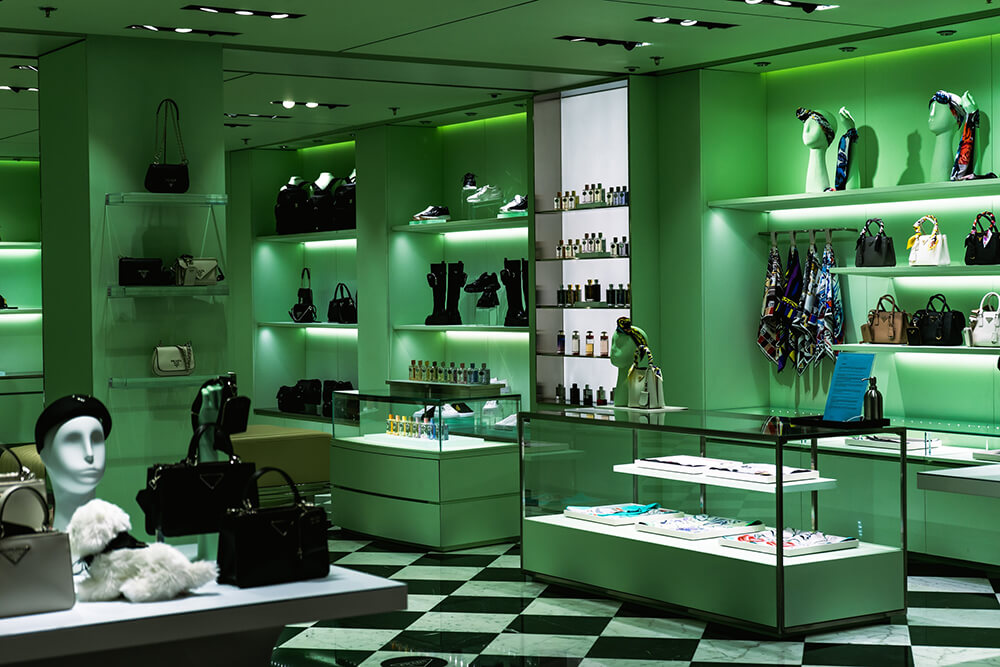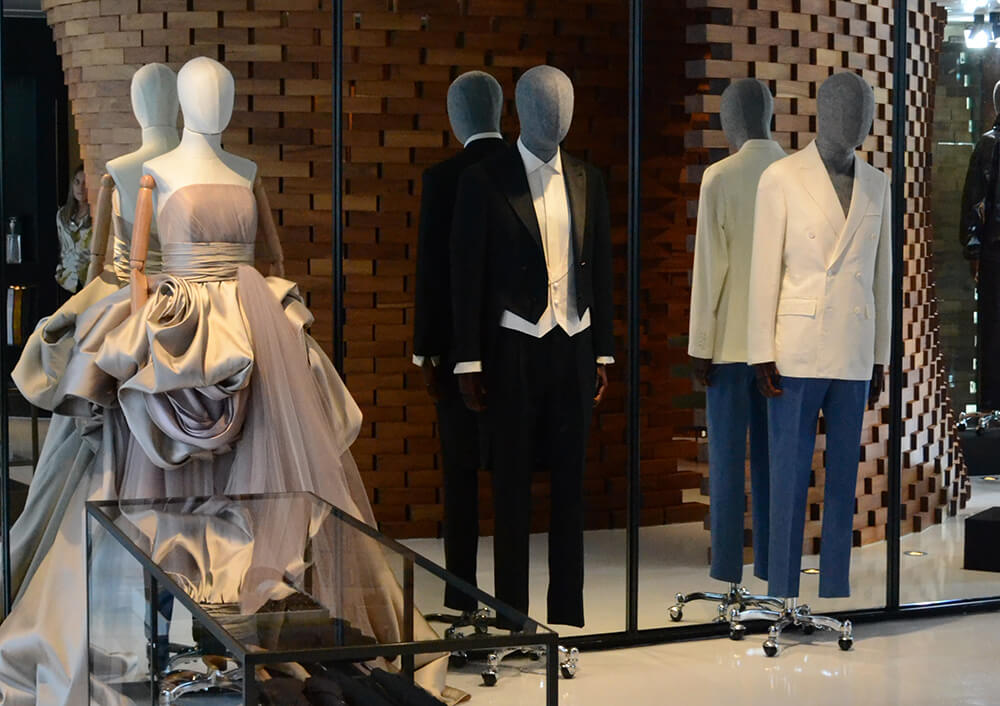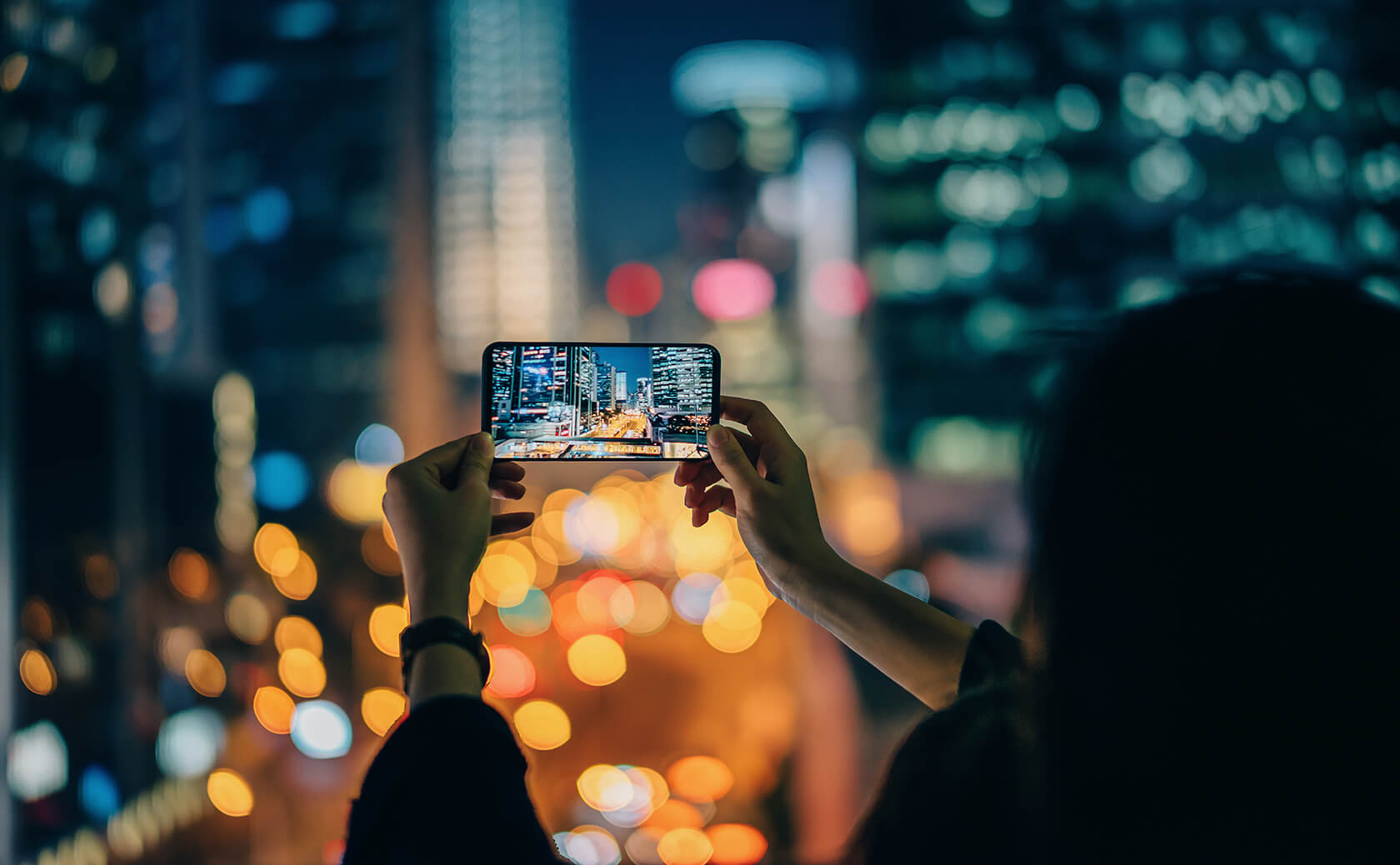Luxury brands are becoming data driven to enhance in-store consumer experiences
Fujitsu / March 25, 2022
Enhancing consumer experience has been a challenge for retail outlets facing competition from e-commerce. More so for luxury brands, where consumer purchase experiences count as much as the products as a decisive factor. Recent technological developments allow luxury brands to become data driven and help understand customer preferences.
The data divide between in-store and online retailers
With its high margins and robust sales, the luxury market remains a magnet for retailers. The result is greater competition, with luxury brand owners looking for new ways to compete by maximizing spending per customer. A new white paper from industry analyst firm PAC, sponsored by Fujitsu, [How Can Luxury Retail Use Data to Drive in Store Performance?] discusses how better data about in-store customer behavior is the necessary starting point for enhancing consumer experience in the luxury sector.
Online sales even in luxury retail are increasing. Some predictions expect a third of luxury goods to be sold online by 2025, up from 12% in 2019. However, luxury brand buyers still demand a physical presence, resulting in high costs relative to online. They also demand an increasingly compelling experience, with Gucci’s museum in Florence — complete with an entrance fee — an extreme example!
E-retailers across the board have spent the last 20 years analyzing customer data footprints to understand what behaviors lead to a sale, what optimizes the value of a sale, and what converts a one-off purchaser into a repeat customer. The leading online brands have turned recommendations into an art form – mining a vast database of information.
The contrast is stark with in-store retail, which often has surprisingly little hard information about what customers do inside their stores. This gap is especially acute for luxury brands — who in many cases have very high ratios of staff to customers, with one or two customers being served by 10 or 15 staff. This makes the data collected from many of the usual data sources, about factors such as shopfloor traffic, next to useless, as they end up tracking the employees rather than the customers!
Additionally, stores have little data to optimize staffing levels and improve motivation and retention, which are hugely important when each interaction potentially influences high margin sales.
Using data and technology to understand consumer expectations
Although cost optimization is essential for all businesses, it is not the focus for the luxury sector, where the target is business optimization and improving customer service. Even marginal improvements have a clear impact.
Technology can play a critical role in helping retailers understand in-store customer behavior better and maximize opportunity generation, successful closure, and efficiency. That’s why a growing number of luxury brands are harnessing solutions that incorporate Computer Vision in a way that delivers rapid results and give them the agility they need to support multiple store formats.
The underlying technologies have improved exponentially in the last five years. The tools available have shifted from seemingly permanent beta concepts to production-ready solutions. For example, the PAC white paper looks at a use case involving a sizeable multi-brand luxury retailer. It has adopted a GDPR-compliant Computer Vision solution using a combination of people recognition, tracking and “re-identification” to differentiate between employees and staff, revealing a range of important in-store insights about buying and serving behaviors.
Today’s Computer Vision solutions also operate successfully in widely different environments. This is essential, as each luxury store tends to operate very differently. One city center store cited in the report had between five and 15 prospects per day, with an average time to buy an item of around 25-30 minutes. At a store in a more exclusive location, the same brand has only four to five prospects per day, who on average spend two to three hours on a purchase. It is imperative for any solution to be flexible enough to understand the behavior of customers in such varied contexts.
Moreover, by building the solution on existing CCTV cameras, what used to be a cost to the business – the security monitoring system – gets converted into a unit offering marketing insights, and thereby value to the business.

Delivering an enhanced consumer experience for luxury brands
It is essential that information gathered is actionable and fed back into stores so that managers can conduct A/B testing with the positioning of products and marketing, staffing ratios, and styles of interaction, and learn about hiring priorities and staff optimization across locations.
This helps answer questions such as: How many customers are going from floor one to two? What is their journey inside the store? Where do they stop? What did they look at? How many interactions did they have with their staff? How long did they spend speaking to a sales assistant? The aim is to optimize the conversion rate, shift them from browser to buyer, and ensure a consistent customer experience throughout their store network. The goal, according to PAC, is a "funnel acquisition" approach for physical stores – understanding an individual customer’s journey through the store which leads to the sale.

Recommendations for luxury retailers to become data-driven
Technology has now advanced to the point where luxury retailers can take a leaf out of the digital playbook and empower decision-making with more and better data. Fixing the data disparity between online and physical shopping experiences gives executives the tools to properly understand trends in-store and help them make changes to improve efficiency. It also gives staff the information they need to provide the experience demanded by luxury clientele. PAC makes four recommendations for the next steps on this path, with the report available from Fujitsu as a free download on the Fujitsu Computer Vision webpage.

Related information
Editor's Picks






